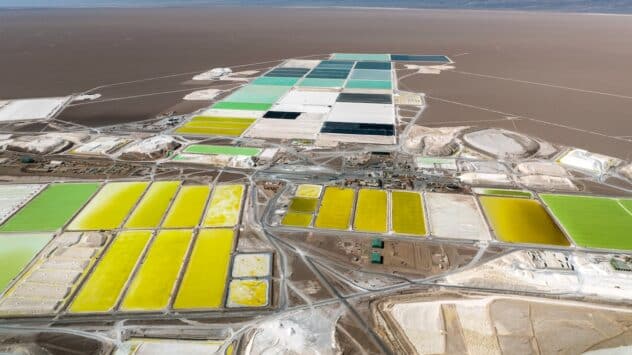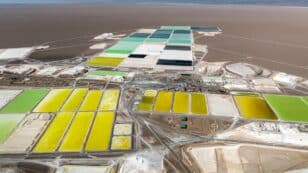
Humans Could Consume 60% More Natural Resources by 2060: UN Report
The United Nations Environment Programme’s Global Resources Outlook — the flagship report of the UN’s International Resource Panel, due to be published later this month — highlights how the consumption of natural resources globally is set to rise by 60 percent by 2060. Raw materials consumption worldwide is already four times higher than it was […]

 233k
233k  41k
41k  Subscribe
Subscribe 

